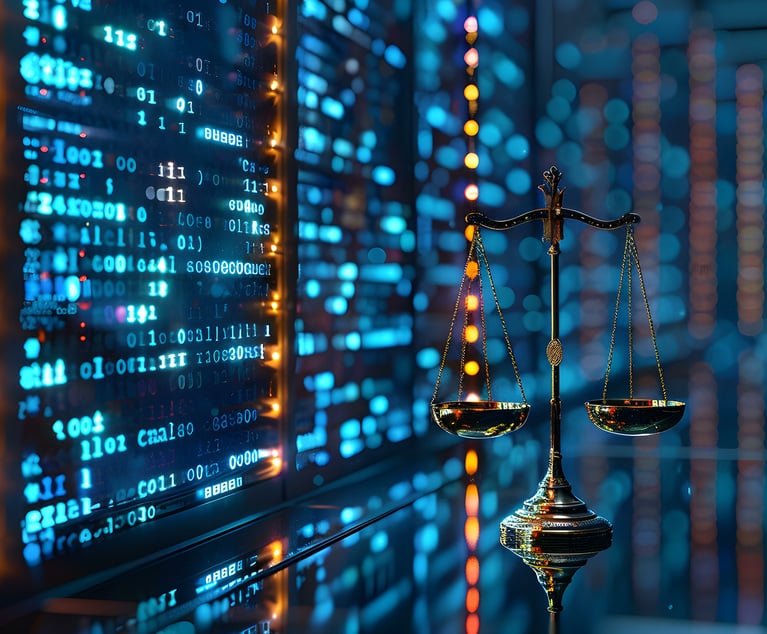In recent years, the use and appointment of a guardian ad litem (“GAL”) in contested custody matters has become increasingly common. Guardians ad litem can be very helpful when their role conforms to the specific parameters set forth by the court rule. Unfortunately, a GAL may be less helpful, or perhaps overreaching, when used outside the scope of the rule. For example, a GAL may take on the role of a mediator, a parent coordinator, custody evaluator, or another form of problem solver, in an effort to help bring a case to conclusion when, in fact, their intended role is actually confined to an investigative arm of the court.
This becomes more problematic when the GAL is an attorney, rather than a mental health professional, who is tasked with making a custody and parenting time determination. As family law attorneys, we are zealous, we are problem solvers, and we want to always do our best. As a result, while a GAL may attempt to help a case by exceeding their charge, one must ask: Is such a role appropriate under the court rule? Moreover, while a GAL may believe he or she is moving the litigation toward a conclusion by exceeding the role set forth by court rule, many times, the GAL does not help but, rather, further exacerbates the litigation. Given the confusion and lack of clear understanding surrounding GAL appointments, this article will explore the nuances of the role of the GAL in the context of contested custody cases and litigation.


 Sangoiri/Shutterstock.com
Sangoiri/Shutterstock.com




